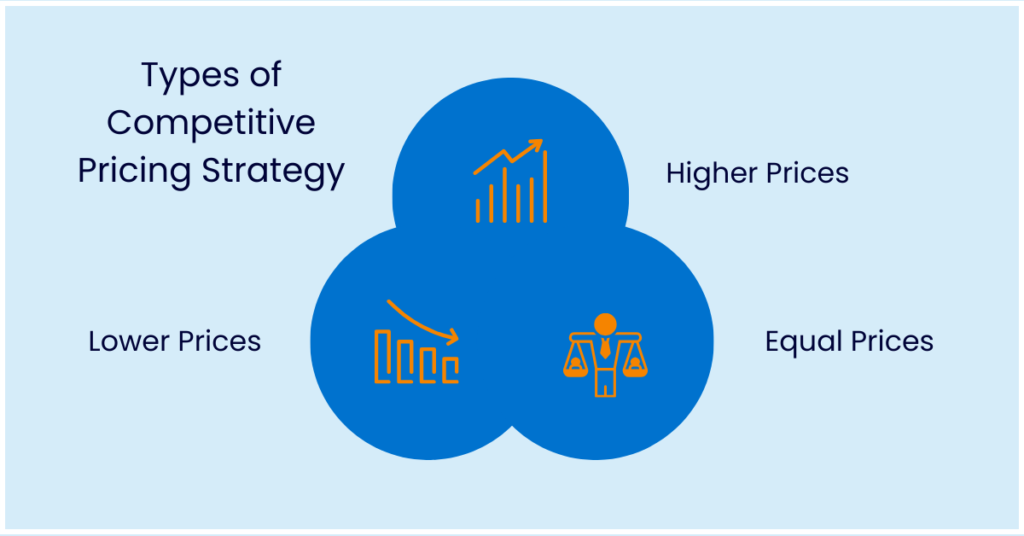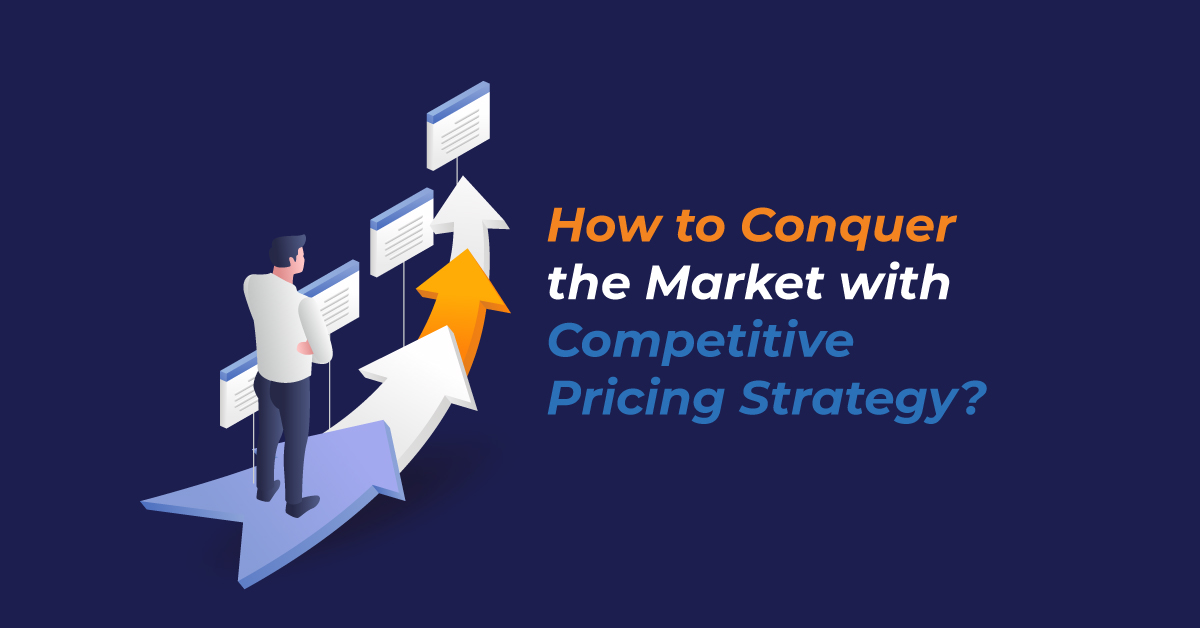For any business, it is essential to have a pricing strategy in place. The ultimate aim of a company is to fetch higher sales and make a decent profit for growth and development. There are several benefits of having a clear and competitive pricing strategy in place. It helps attract buyers and preventing them from switching to the competitors. Setting a higher or lower price than competitors will both lead to losing the buyers and sales. A business need to set an ideal price which helps in attracting the customers to your product/ service as compared to the competitors.
In the dynamic world of manufacturing, securing a competitive edge requires a blend of innovation and strategy. As a leading software development company, WebDataGuru, we understand the critical role that a well-crafted pricing strategy plays in driving business success. Let’s dive into the realm of competitive pricing strategies and how they can be a game-changer for manufacturers seeking to capture more market share and thrive in a rapidly evolving landscape.
What is a Competitive Pricing Strategy?
The competition based pricing strategy is the one where the price is set based on the competitor’s prices. This type of strategy focuses only on the prices of the competitors but doesn’t consider the production cost or how much the customers value the product.
The competitive pricing strategy is based on strong and thorough market research. When a business knows how competitors set their prices and how these prices successfully meet the consumer expectations, they have a base for deciding the prices of their own products and services.
There are different types of competitive pricing strategies and a company can choose the one depending on their business objectives and sales and profit goals. Regardless of what a business chooses, all of them count as competitive strategies.
What Are the Types of Competitive Pricing Strategy?
There are three types of competitive pricing strategies which are as follows:

1. Higher Prices
In this type of competitive pricing strategy, a business sets the prices of their goods and services higher than what their competitors are charging in the market. The strategy is ideal for businesses that offer goods/ services with additional features and benefits as it justifies the higher price charged. A higher price model is generally used by the businesses with a good reputation and the ones that are well-established. It offers them a reputation as a premium or luxury product as compared to others in their niche.
2. Lower Prices
In this type of pricing strategy, a business sets the prices of their goods and services lower than their competitors. The strategy can be lucrative for companies that can capitalize on economies of scale. A lower price point is a part of the loss leader strategy. It is often implemented by the businesses that are entering the market. Lower pricing strategy sets a lower price which is not profitable but helps in attracting the new buyers and helps a business sell additional.
3. Equal Prices
The prices of the goods and services are set equal to the competitors in the market. A business that sets an equal price as their competitors try to differentiate their product/ services by offering a unique shopping experience or offering attractive product.
If a business is not able to collect, analyze, and act on the competitor pricing data, yet another effective competitive pricing strategy is price matching. Businesses that offer price matching to the customers can stay competitive without closely following the competitor’s pricing strategy.
A classic competitive pricing strategy example is when two detergent brands try to keep their prices close to each other and advertise their product to highlight their features and quality so that they can stand the competition.
How to Calculate Competitor based Pricing?
1. Identify the Competitors
The first step in creating a competitive pricing strategy is to decide the competitors. You need to find out the companies that are selling similar products or services. A business needs to perform standard research for identifying its competitors. The next step is to group the competitors on the basis of specific characteristics such as market share, tenure, etc. Choose the companies that match closely to your brand’s profile as these are key competitors.
2. Research the Price Positioning Strategies
After determining the competitors, it is time to perform a competitive price analysis to an insight into the pricing models along with the positioning strategies for building current trends. Apart from pricing, look at their packaging and differentiating features as well. This type of research helps in understanding the price and positioning expected by the buyers in the market so that you choose the best price for your product.
3. Average the Prices of Competitors
By creating a pricing map it becomes easy to understand what each of the competitors is doing. It is essential to consider all of the pricing data in aggregate as well. Calculate the average price of your product type across the competitors. This average will help in identifying the benchmark price for comparing a company’s own product rates.
Pros and Cons of Competitive Pricing Strategy
Pros
1. It is Simple
One of the main benefits of a competition pricing strategy is that it is simple to implement. Even in an industry with fewer competitors, it can implement well. It is possible to make some changes in the prices by monitoring the price changes by the competitors. It is easy for product managers to do little research and find competitive prices.
2. Lower Risk
It is rare to go wrong with this type of pricing. With a strong grip on the product quality, cost of production, and target audience, a competitive pricing strategy will work successfully. It will help a business float the wave of competition.
3. It is Accurate
A competitive pricing strategy offers improved accuracy in industries such as retail. Also, with several automated tools, the data is accurate which helps in setting the right price point for the product or service.
Cons
1. Missed Opportunity
The most common way of increasing the profits is by decreasing the production cost, increasing the sales, and reducing the overheads. Simply considering the market and competitor prices can lead to lost profit. The aim of the business should be to maximize the revenue and profits even if they need some extra work on the pricing front.
2. Not Idea for Long-term
Maintaining a lower price than the competitors is not always the right way of attracting the buyers. Lower prices lead to doubts in minds of customers regarding the quality of products and services. It also leads to tiny profit margins due to lower revenue despite of the buyer’s willingness to pay more.
Are you Ready to Elevate Your Manufacturing Game
Manufacturers, your journey to success is intertwined with the pricing strategy you choose. We at WebDataGuru, with a finger on the pulse of innovation, recognize the power of competitive pricing strategies in propelling your business forward. Let’s collaborate to craft a pricing strategy that resonates, captivates, and empowers your manufacturing brand to thrive amidst fierce competition.
Partner with us to leverage the synergy of software innovation and strategic pricing. Schedule a demo to unleash your brand’s true potential and create a legacy of manufacturing excellence!

Recent Comments